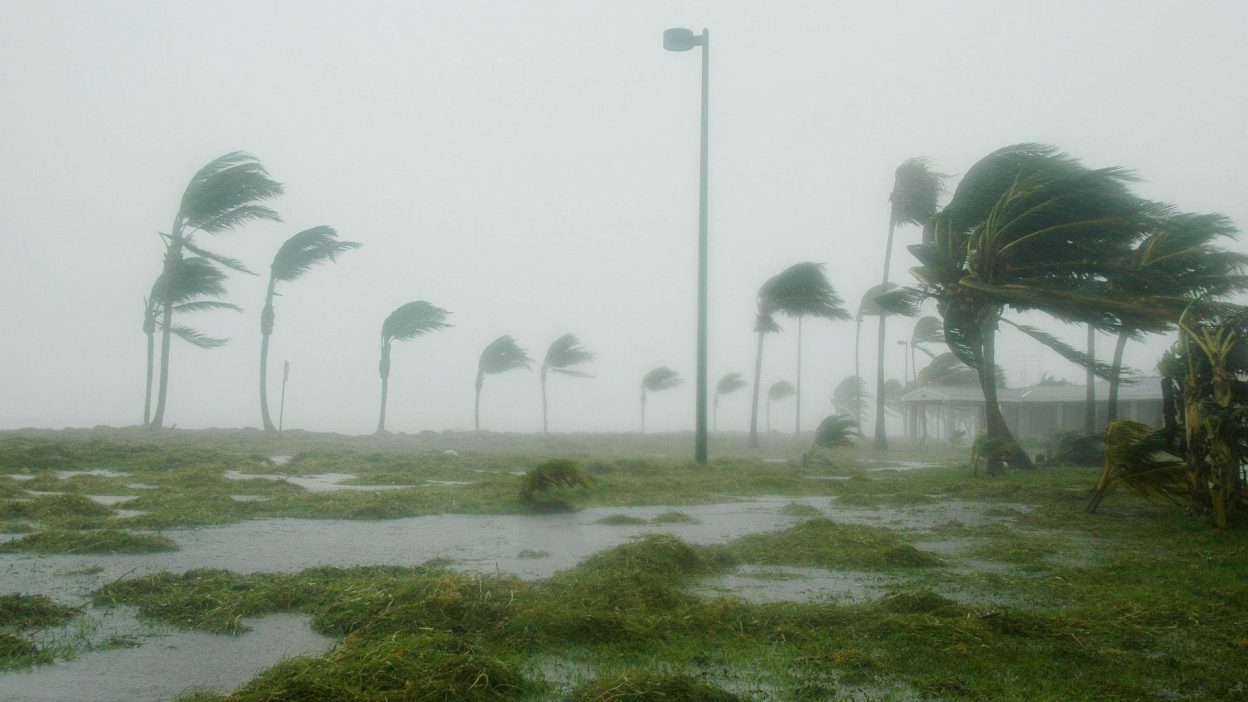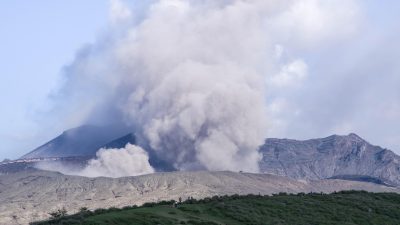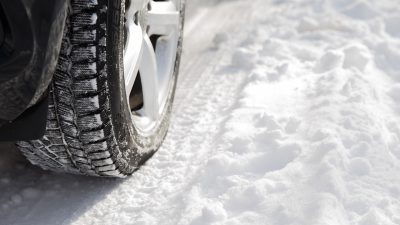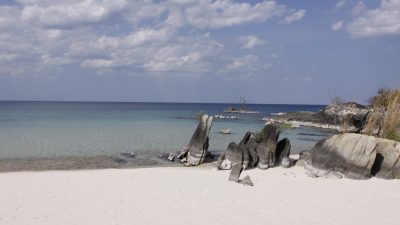Unveiling The Tragedy That Shook Florida And Exposed Unforgivable Failures
The Okeechobee Hurricane: A Disaster That Could Have Been Avoided
The 1928 Okeechobee Hurricane is remembered as one of Florida’s most catastrophic natural disasters. With winds reaching up to 125 miles per hour and a massive storm surge, the hurricane devastated the area. Yet, many believe the extreme loss of life could have been mitigated. A lack of warning systems and insufficient flood defences left people vulnerable, unprepared for the disaster that struck. Had action been taken earlier, or had there been better infrastructure in place, the consequences could have been far less severe.
At the time, Florida’s infrastructure was underdeveloped, and the general public was unaware of the storm’s full potential. The storm surge that struck Lake Okeechobee caused widespread flooding, catching many off-guard. If there had been more proactive measures, such as stronger levees and better communication systems, the impact would have been reduced considerably.
How the 1928 Okeechobee Hurricane Forever Altered Florida
The Okeechobee Hurricane left an enduring impact on both the physical and social landscape of Florida. Thousands lost their lives, and entire towns were destroyed by the flooding. The disaster led to significant changes in how Florida approached flood control and emergency preparedness. In the years that followed, substantial investments were made in infrastructure, with a focus on safeguarding against future storms.
The damage caused by the hurricane was not only physical but also emotional. Many of the communities along the shores of Lake Okeechobee were wiped out, forcing families to rebuild their lives. The storm underscored the region’s vulnerability and highlighted the need for enhanced disaster preparedness, a lesson that would shape the state for decades to come.
The Human Cost of the 1928 Okeechobee Hurricane: Casualties, Injuries, and Lasting Impact
- The Unimaginable Loss of Life
The death toll from the Okeechobee Hurricane is estimated to be over 2,500 people, with some reports suggesting the figure could be much higher. Thousands more suffered serious injuries, many of which were life-threatening. The majority of the fatalities occurred around Lake Okeechobee, where the storm surge flooded the area without warning. The true human cost of the disaster extends beyond just the number of lives lost, with families torn apart and entire communities wiped off the map. - Devastating Injuries and the Shattering of Communities
In addition to the loss of life, many survivors were left with severe injuries. Broken limbs, internal injuries, and cuts from debris were common in the wake of the storm. The destruction of homes and communities meant that families had to grapple with both the physical and emotional toll of the disaster. For many, the hurricane left scars that they would carry for the rest of their lives. - Economic Devastation and Property Destruction
The economic impact of the hurricane was profound. Thousands of homes, businesses, and farms were either severely damaged or completely destroyed. In terms of monetary losses, the hurricane caused around $25 million in damage at the time—a staggering sum that would translate to over $400 million today. The economic repercussions were especially felt in the agricultural sector, which relied heavily on the region’s lakeside communities. Recovery was slow, and many families were left without homes or income for an extended period.
The Political Fallout of the Okeechobee Disaster: Who Was Accountable?
The Okeechobee Hurricane wasn’t just a natural catastrophe; it was also a political one. Many critics believe that government officials failed in their duty to protect the people living in the hurricane’s path. The levees that surrounded Lake Okeechobee were poorly constructed and inadequately maintained, which allowed the storm surge to breach them and flood the surrounding areas.
In the aftermath of the disaster, there was significant public outcry over the government’s response. Relief efforts were slow and disorganised, leaving many survivors stranded without food, shelter, or medical assistance. The hurricane exposed serious flaws in emergency preparedness and response, with political leaders facing pressure to make sweeping changes. These demands led to reforms in flood control and disaster management in the years that followed.
The Overlooked Victims of the Okeechobee Hurricane: The Role of Race in the Aftermath
After the Okeechobee Hurricane, some groups were treated unfairly, particularly African American farm workers living in nearby communities. These groups were disproportionately affected by the flooding, and their suffering was often ignored or downplayed. Many of the victims who lived in these communities were left to fend for themselves, and it took longer for relief efforts to reach them.
The racial disparities in the response to the disaster have sparked considerable debate. While many of the communities affected by the hurricane were poor, those who were most vulnerable were often treated as an afterthought. This racial inequality in the response to the disaster remains a controversial issue to this day, raising uncomfortable questions about the treatment of marginalised groups in times of crisis.
Was the 1928 Okeechobee Hurricane the Worst Disaster Florida Has Ever Known?
While the Okeechobee Hurricane was undoubtedly one of the most devastating storms to hit Florida, some argue that it wasn’t the worst. Other storms, like the 1900 Galveston Hurricane, were just as deadly, if not more so. What sets the Okeechobee Hurricane apart, however, is the scale of the damage it caused in a region that was ill-prepared to deal with such a catastrophic event.
Some argue that if the hurricane had struck in modern times, the damage could have been far less severe due to advancements in early warning systems and flood control. Nonetheless, the combination of the storm’s strength and the lack of preparedness made it one of Florida’s most destructive disasters.
The Aftermath of the Okeechobee Hurricane: Rebuilding Florida at a Great Cost
In the wake of the Okeechobee Hurricane, Florida was forced to rebuild much of its infrastructure. The levees were reinforced, flood control systems were modernised, and new housing was built for those who had lost everything. While these efforts helped restore the state, they came at a high price. The financial cost of rebuilding was substantial, and many survivors had to wait years before their communities were fully restored.
The rebuilding process was not without its challenges. While Florida made great strides in terms of infrastructure, the focus on physical reconstruction sometimes overshadowed the emotional and psychological needs of the survivors. Many people who had lost their homes and loved ones struggled to find the support they needed in the aftermath of the disaster.
What We Learned from the Okeechobee Hurricane: Are We Better Prepared for Future Disasters?
The 1928 Okeechobee Hurricane was a wake-up call for the state of Florida. It highlighted the urgent need for better flood control, improved communication, and more effective emergency response systems. In the years since, Florida has made significant strides in these areas, with advanced technology now allowing for more accurate storm predictions and earlier warnings.
However, the question remains: Are we truly ready for the next major hurricane? While modern technology has improved tracking and forecasting, the lessons learned from the Okeechobee Hurricane continue to remind us that preparation is key. Future storms may be less deadly, but the need for constant vigilance and preparedness remains ever-present.
5 Short FAQs:
- How many people were killed by the 1928 Okeechobee Hurricane?
It is estimated that over 2,500 people died, with many more injured or missing. - Why was the 1928 Okeechobee Hurricane so devastating?
The combination of a powerful storm surge, inadequate flood defences, and the lack of early warning systems led to significant destruction and loss of life. - How much damage did the Okeechobee Hurricane cause?
The storm caused around $25 million in damage at the time, which would be worth over $400 million in today’s economy. - Were rescue efforts effective after the hurricane?
Relief efforts were slow, and many survivors struggled to get the assistance they needed in the aftermath of the storm. - Did the Okeechobee Hurricane lead to any changes in disaster response?
Yes, it prompted major changes in flood control, emergency management, and infrastructure in Florida.
References:
1928 Okeechobee hurricane”
http://en.wikipedia.org/wiki/1928_Okeechobee_hurricane
“The Storm of 1928”
The Okeechobee Hurricane of 1928″
Okeechobee Hurricane of 1928 – Blackpast




